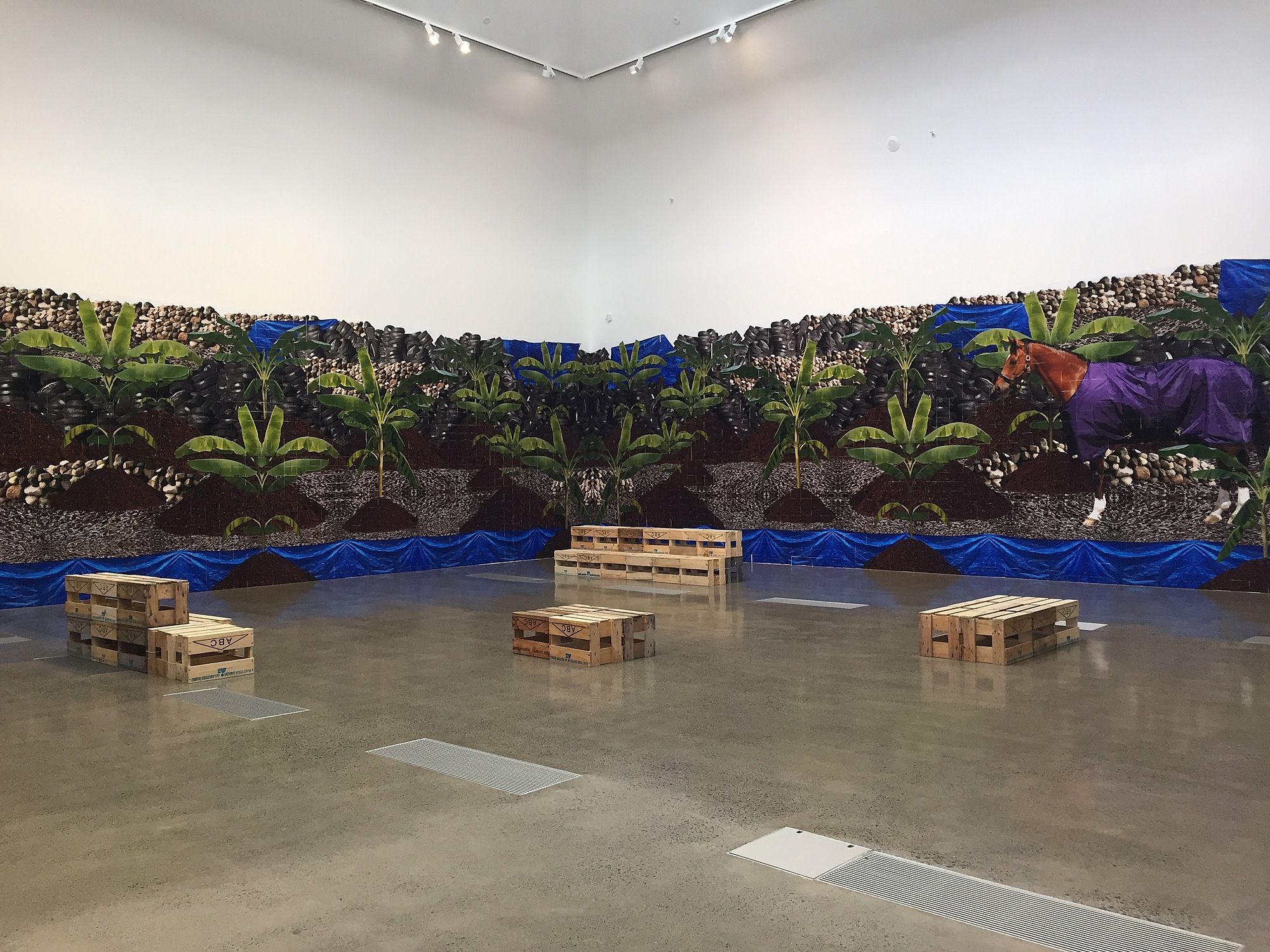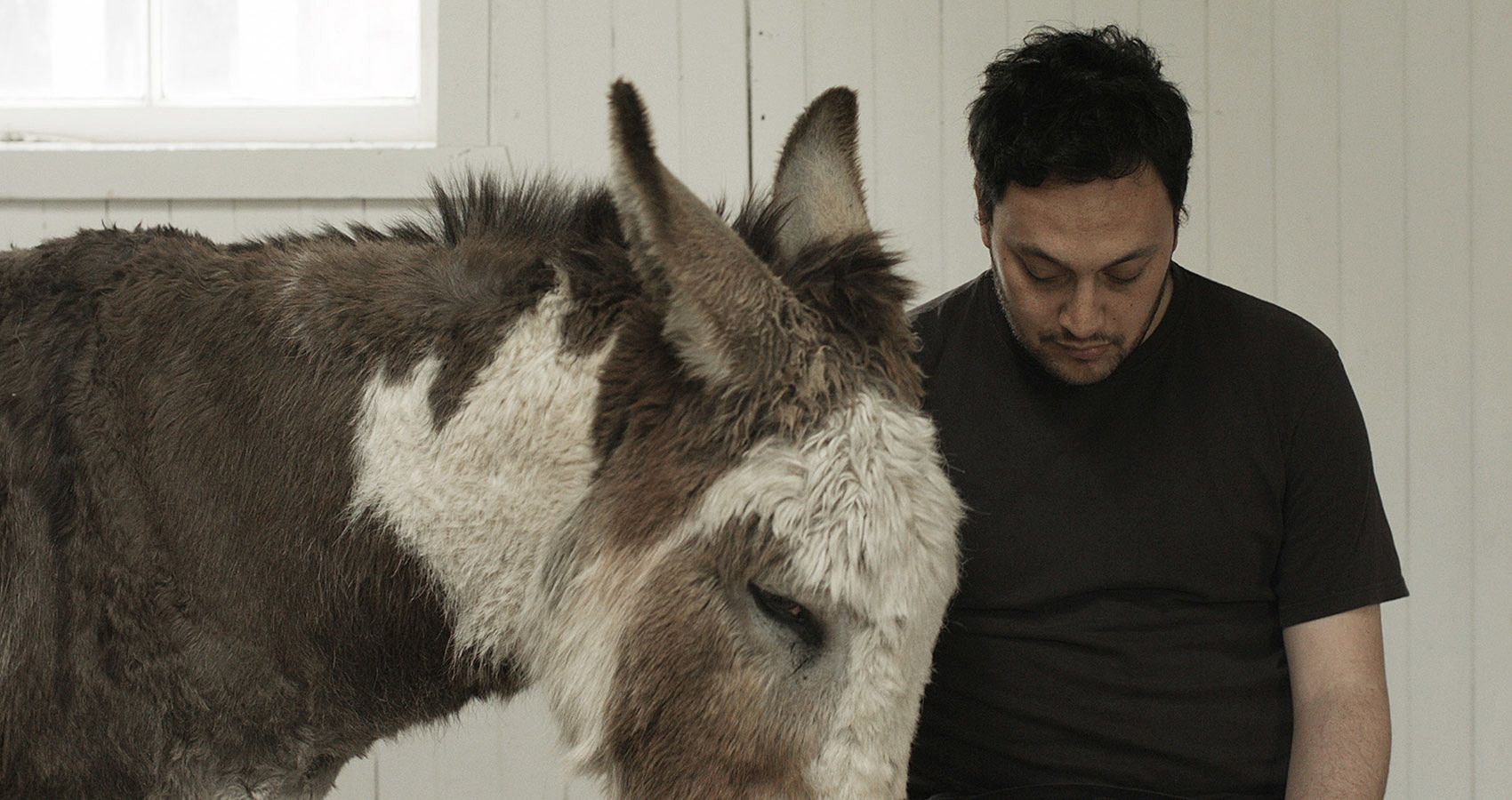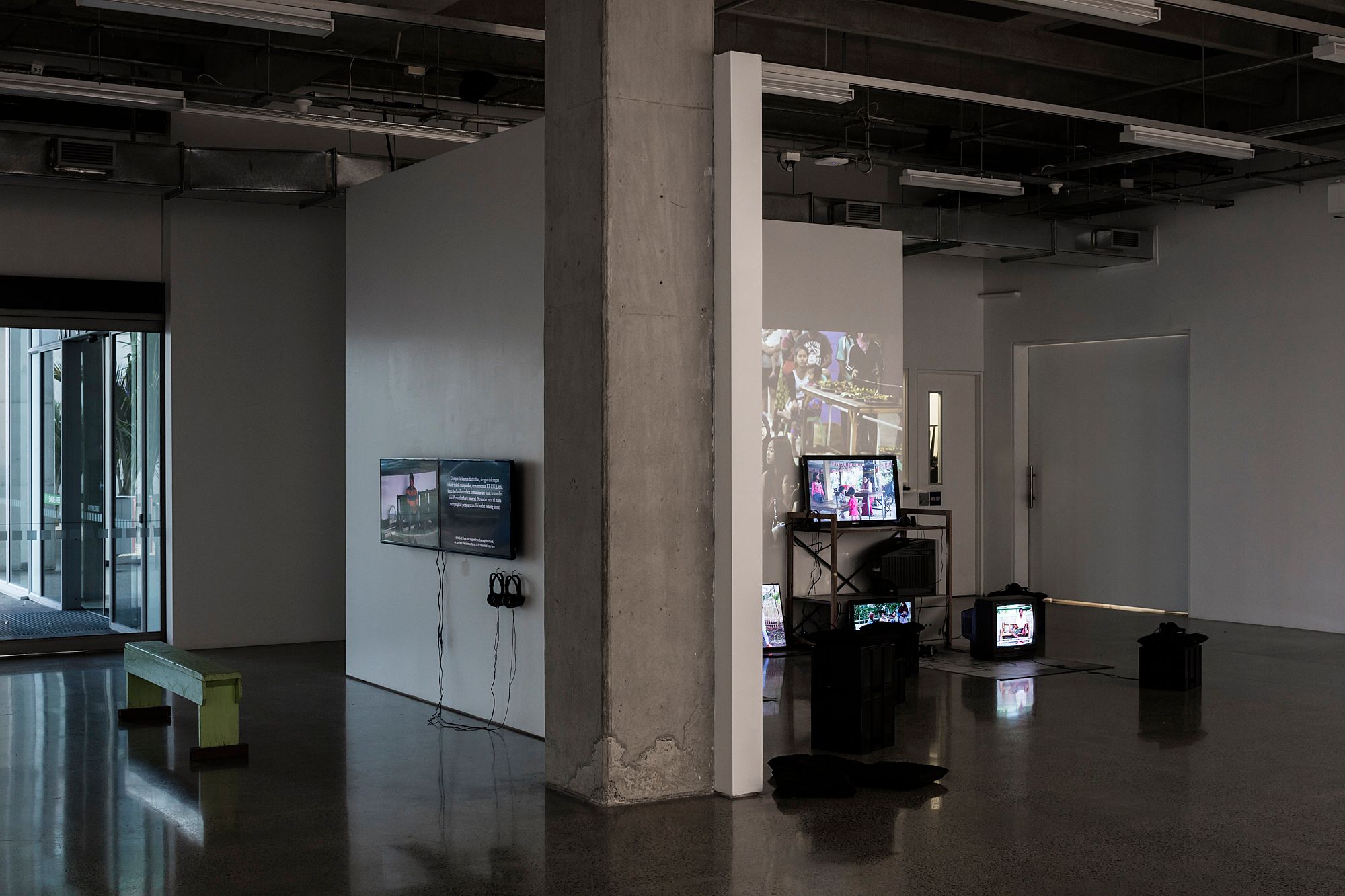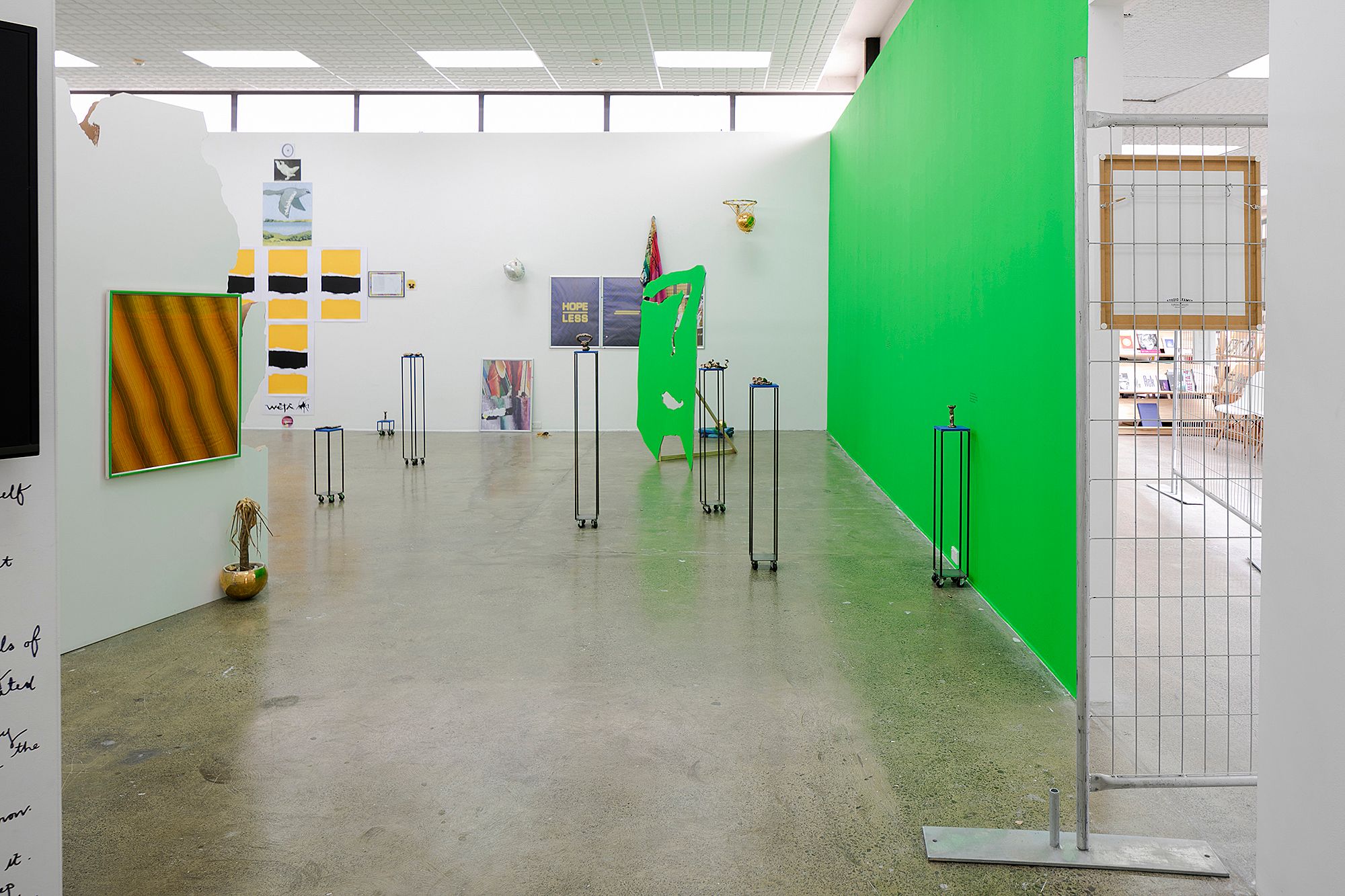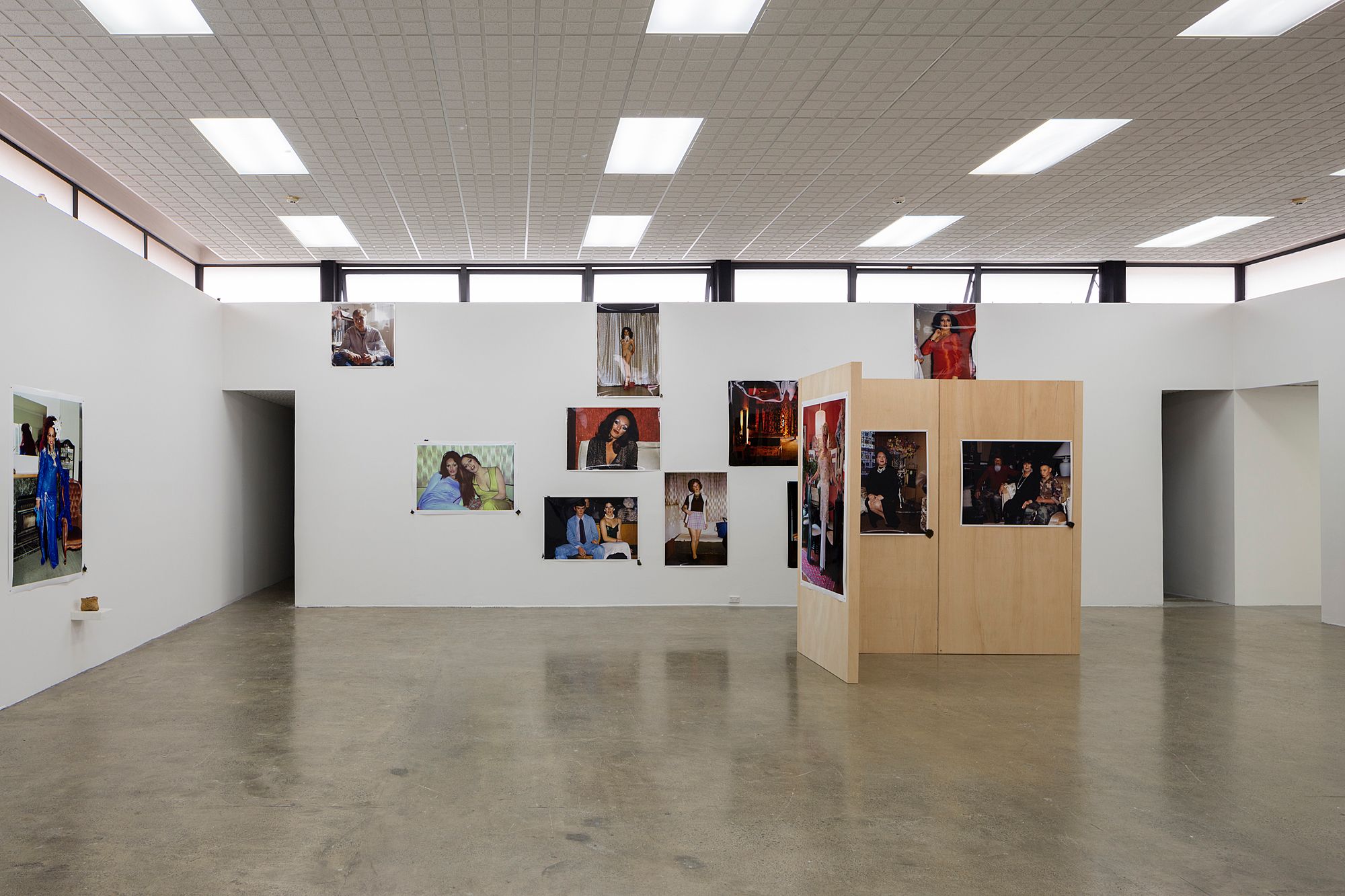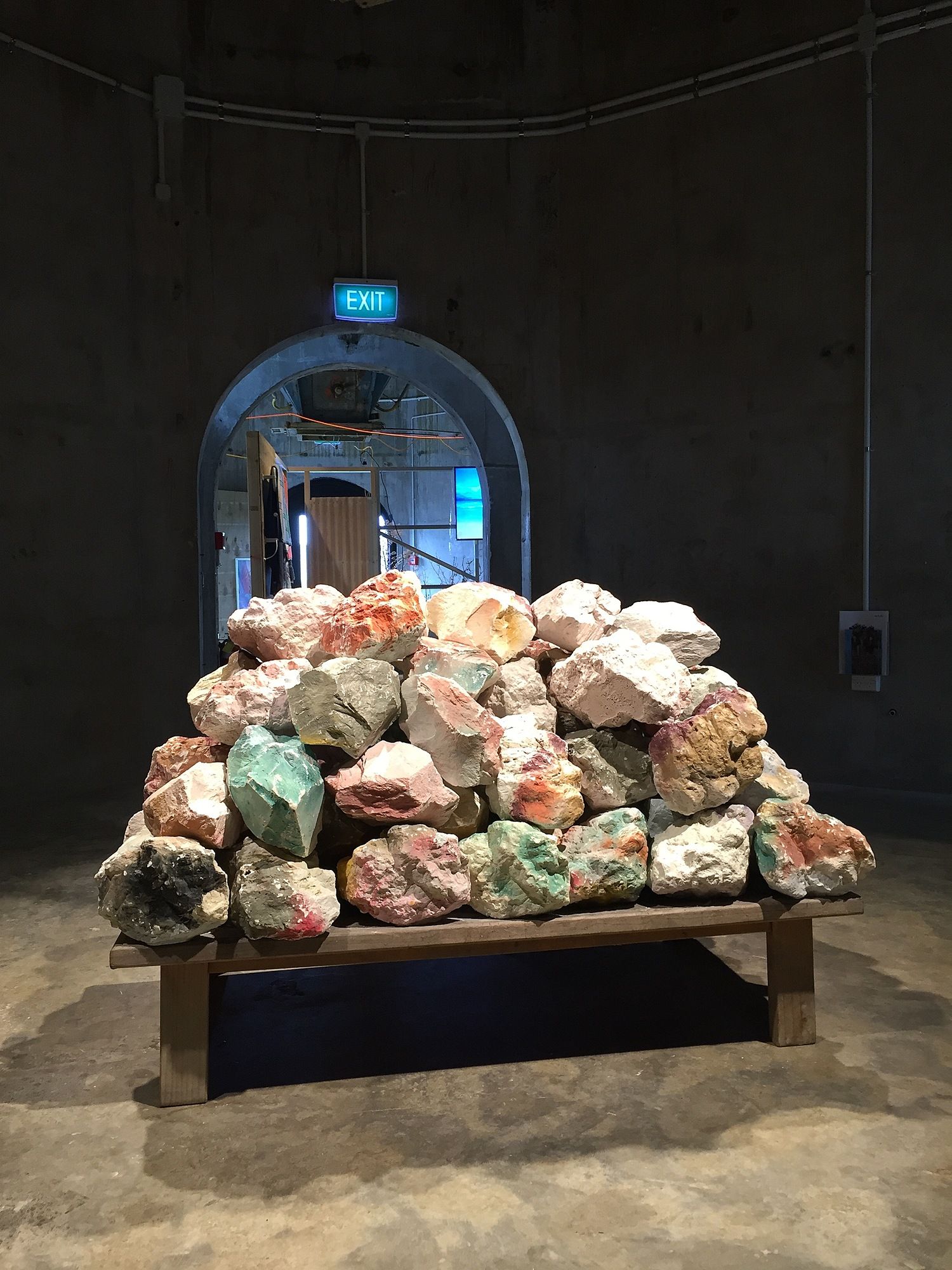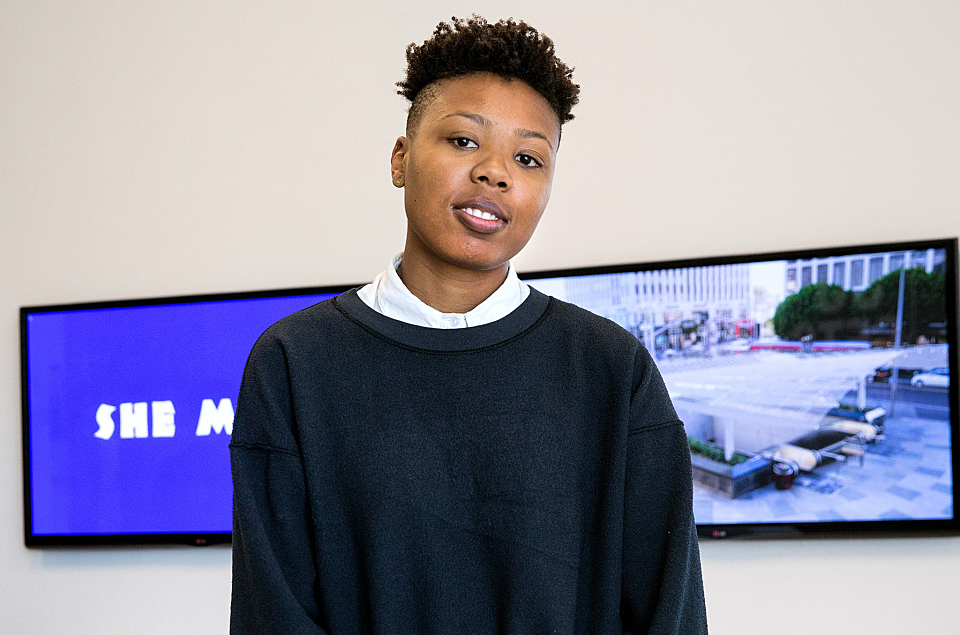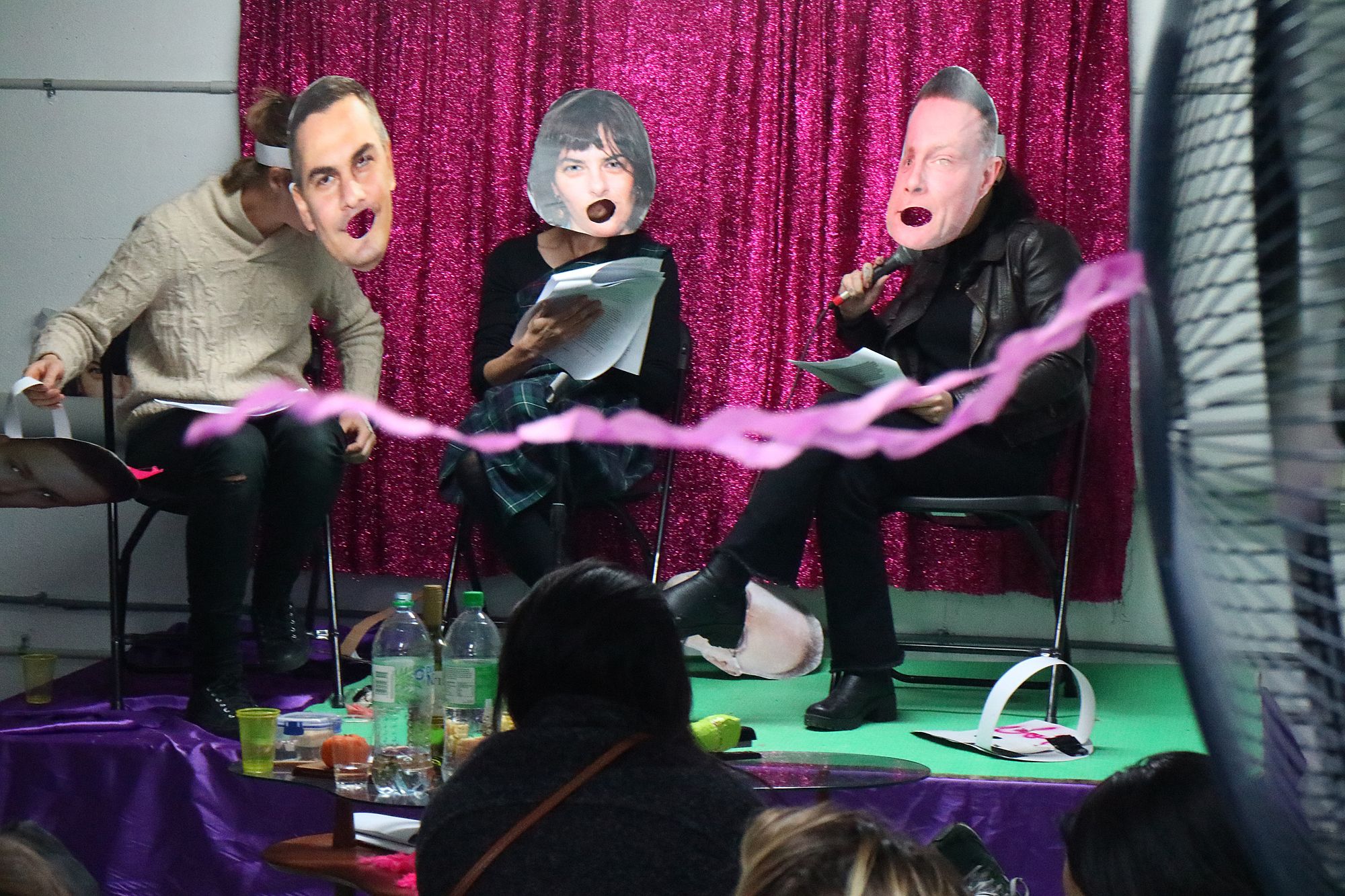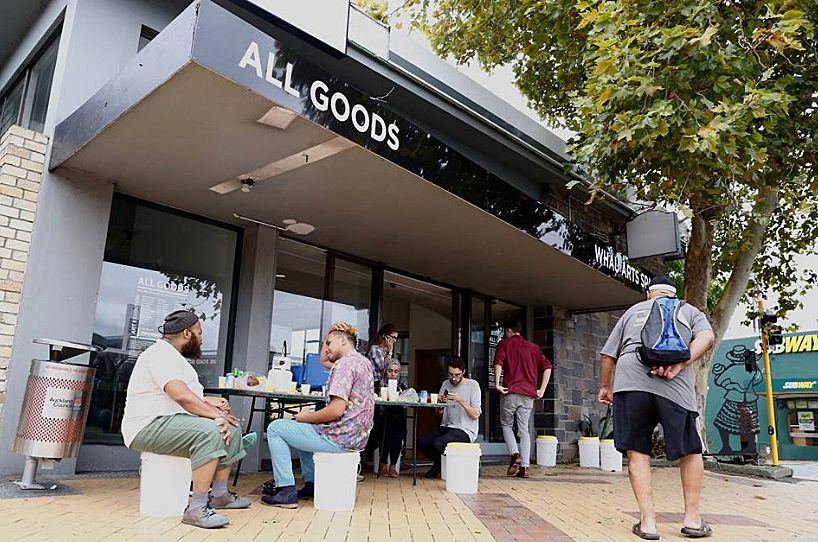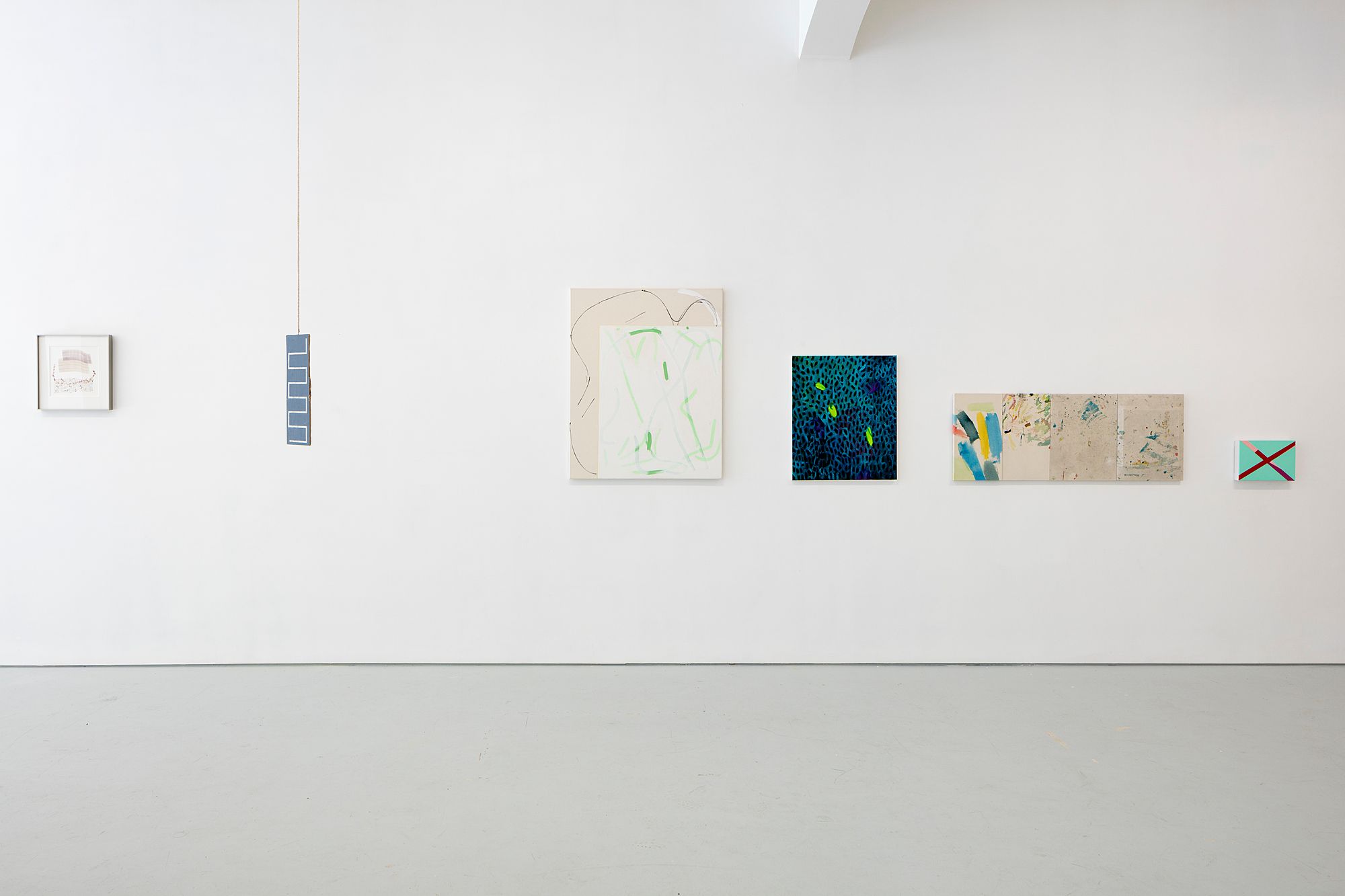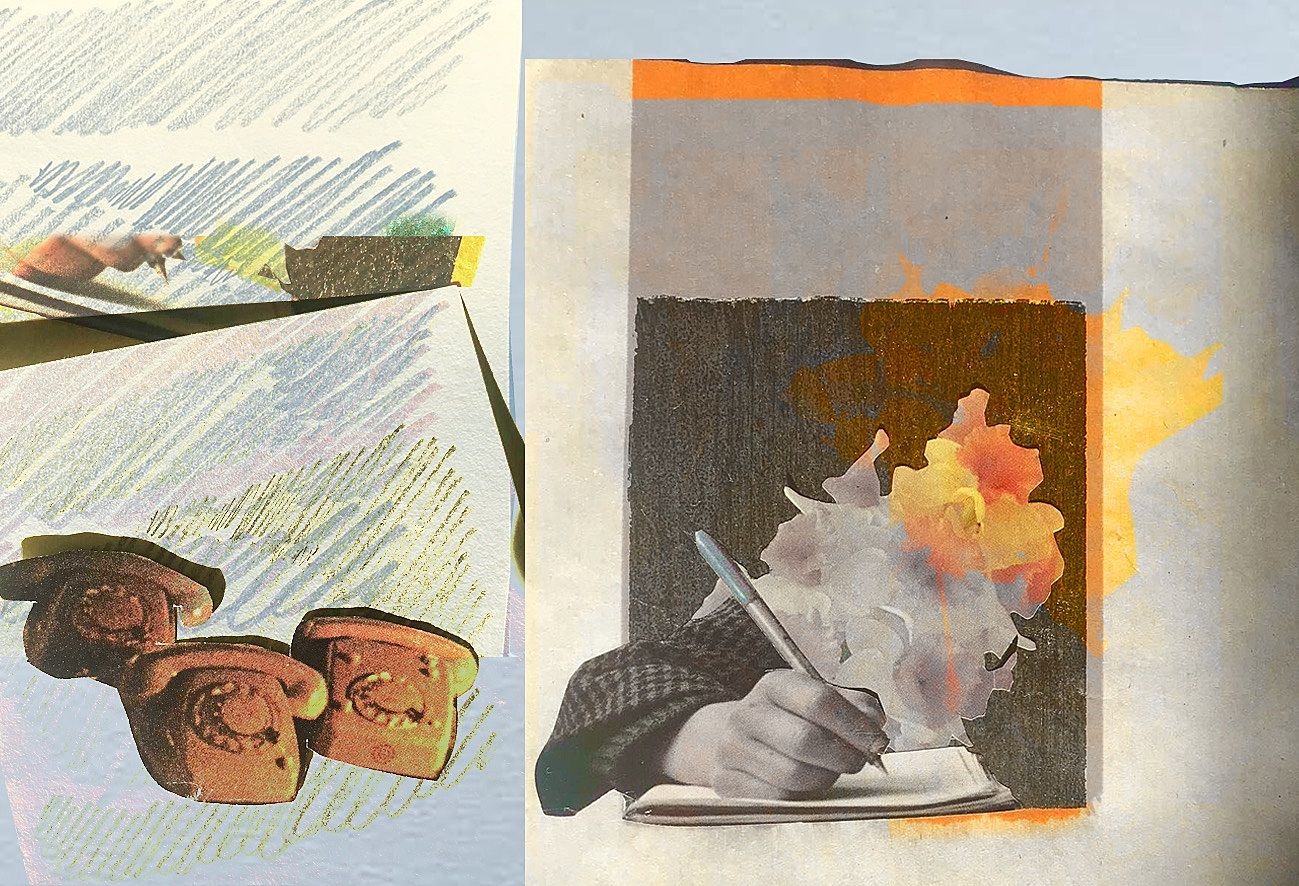Failed Housing, Riff Raff, and All Goods: Great Art Moments in Auckland in 2016
Our Visual Arts Editors Lana Lopesi and Francis McWhannell dish on their favourite moments in art this year.
Our Visual Arts Editors Lana Lopesi and Francis McWhannell dish on their favourite moments in art this year.
It’s that time of year when we find ourselves procrastinating about commitments for 2017, and so we sit back and reflect on the year that was. Between the two of us, we have spent quite a few months abroad, so this round-up is necessarily selective. But here – in no particular order – are some of the art moments that most delighted us in Tāmaki Makaurau in 2016.
– Lana Lopesi and Francis McWhannell
LL: I have to start with the biennial art event we all love to hate, the Walters Prize, administered by Auckland Art Gallery Toi o Tāmaki. The finalists this year were Joyce Campbell, Nathan Pohio, Lisa Reihana, and Shannon Te Ao. The Walters is said to showcase the ‘best’ art made by Aotearoa artists within the last two years. In theory, it should reflect the country’s current values and interests. So, if you team that criterion with the fact that three of the artists are Māori (and make work to do with Māoritanga), it suggests a renewed interest in biculturalism in art, which I am a keen supporter of! Judge Doryun Chong rightly awarded Te Ao the prize of $50,000 for his Two shoots that stretch far out (2013–14) and Okea ururoatia (never say die) (2016).
FM: I will start with a show that I can well imagine being a finalist for the next Walters: Dieneke Jansen’s superb Dwelling on the Stoep at Auckland University of Technology’s ST PAUL St Gallery. I was hugely impressed by the depth of the exhibition, which comprised a series of photographic and video installations exploring ‘failed’ social housing complexes in the Netherlands (where Jansen was born), Indonesia (a former Dutch colony), and New Zealand (Jansen’s home since the age of two, with Dutch connections stretching back to Abel Tasman’s visit in 1642). I won’t go into great detail, because the show was covered beautifully by Janet McAllister on this site, but suffice it to say that Jansen’s work was rich and nuanced, wholly avoiding the patronising and romantic tones that could so easily have emerged given the subject matter.
LL: I’d like to make special mention of Artspace, just up the road from ST PAUL St. In previous years, I’ve had difficulty relating to the gallery, despite enjoying particular exhibitions. This year, that situation has completely changed. As an audience member, I have been incredibly appreciative of the programme delivered by director Misal Adnan Yıldız. The colour (literal and figurative), the politics, the artists, the gallery renovation – it has all been very exciting. Two exhibitions that really stand out for me are Potentially Yours, the Coming Community, curated by Tendai John Mutambu, and New Perspectives, with input from Simon Denny. Both have been covered on this site. I wrote about Mutambu’s show, and Francis and I discussed New Perspectives together.
FM: I was also impressed by Artspace’s offering this year. In addition to New Perspectives, I would highlight the three-part exhibition THE BILL, a celebration of the 30th anniversary of the Homosexual Law Reform Act that spilled over into two other K’ Road galleries, Michael Lett and Starkwhite. THE BILL: For Fantastic Carmen comprised photographs and videos of queer personalities from Aotearoa created by Fiona Clark over the past four decades. A strong assertion of Clark’s importance as an artist, the show emphasised the pride of those depicted, and their strength in the face of difficulties, such as marginalisation and the AIDS epidemic. THE BILL: For Collective Unconscious reconfigured the display, adding pieces by a large number of artists, many young. This exhibition was somewhat lighter in tone, celebrating the brighter side of queer life and looking forward to future gains for the community.
LL: Auckland’s suburban galleries often fall off the map, so let’s go for a round-up within a round-up. Janet Lilo’s first ‘survey’, Janet Lilo: Status Update, stood out at Te Uru Waitakere Contemporary Gallery in Titirangi. Curated by Ioana Gordon-Smith, the mixed-media exhibition comprised completely new work, made specifically for the show, but based on common ideas from the artist’s practice. (I reviewed the publication on this site.) Andy Leleisiʻuao’s Ghosts of a Second Samoan at Mangere Arts Centre Ngā Tohu o Uenuku was a reminder of the power of drawing. The finest works in the show were made using black ink on white paper, narrative pieces exploring confronting realities of diaspora. Still on at Fresh Gallery Ōtara is Kalisolaite ʻUhila’s excellent solo show, Kohikohi, which runs till 11 February 2017. Best known for his performance work, the artist here presents a series of prints, made from repetitive actions with instruments like a machete and spade, alongside a film and sound work. The exhibition marks (excuse the pun) an endearing transition in ʻUhila’s practice.
FM: Two suburban galleries that have stood out for me this year are the recently opened Malcolm Smith Gallery in Howick (discussed by Lana on this site) and Te Tuhi in nearby Pakuranga. I was impressed by the inaugural show at Malcolm Smith, Soft Architecture, which explored art with an architectural dimension. Curated by the precocious Balamohan Shingade, who recently accepted a position at ST PAUL St Gallery, the exhibition showed that the small gallery was determined to punch above it’s weight, including quality work by established figures, alongside that of less well-known artists from the local area. Te Tuhi has consistently presented challenging shows, featuring practitioners from a diverse range of backgrounds. My favourite was, in fact, staged in the centre of town, at Silo 6 in Wynyard Quarter. THE HIVE HUMS WITH MANY MINDS: PART TWO was an exploration of industrial, information, and urban infrastructures by a collection of younger artists. Among the highlights were works by Louisa Afoa, Shahriar Asdollah-Zadeh, and Joanna Langford. My personal favourite was Suji Park’s divine installation, Dols (2015), which included colourful agglomerations that seemed to blend refuse and rock.
LL: I’d like to mention a couple of things that might be thought of as supplementary (I love supplements). The Easy Listening performance-lecture by Los Angeles-based artist Martine Syms – organised by Artspace, Elam School of Fine Arts, and Auckland Art Gallery Toi o Tāmaki – was one of the better public programme events I attended in 2016, and was such a privilege for Auckland audiences. I also enjoyed the book This Model World: Travels to the Edge of Contemporary Art, in which art critic Anthony Byrt explores the current landscape of New Zealand art, intertwining discussions of key artists with personal anecdotes. Whatever side you sit on with respect to Byrt’s commentary, you can’t deny the quality of his writing, and just how much we need art criticism on this ambitious scale.
FM: Another highlight of 2016 for me was Daphne Simons and Li-Ming Hu’s superlative – and superlatively witty – Riff Raff: are we there yet?, a celebration-cum-burlesque of the phenomenon of the artist-run space staged at GLOVEBOX, one of Auckland’s best ARSs. Previewed by Hu as part of the excellent PUBLIC DOMAIN Art Fair ’16 (at another ARS, DEMO), the exhibition featured Hu’s trademark masked performances, in which she assumes the personae of art world titans like Hans Ulrich Obrist and Simon Denny, and Simons’ characteristic Rube Goldberg machines. I’m not the only one who has been watching the duo this year. Hu popped up several times on the Barrs’ (recently departed) blog, Over the Net; she was one of four finalists in Mirage’s irreverent Seagers Walters Prize (won by Ayesha Green, who is soon to be featured on this site); and she was a stand-out at the Elam Grad Show. Simons’ show Stone Cold Cuts was presented recently at Dunedin’s legendary Blue Oyster. And, to top it all off, the Riff Raff duo were recently named the 2017 Summer Residents at Enjoy in Wellington.
LL: While we’re on the topic of artist-run spaces, I would like to acknowledge All Goods, the bank-turned-gallery run by Whau The People in Avondale. After two great Whau Arts Festivals held on ‘The Plantation’ (an abandoned carpark on the Avondale’s main strip), we saw the first festival take place inside All Goods. This included an epic line-up of events. At a time in which some of our council-run gallery spaces are doing less than wholly satisfying work, it’s been great to see Whau The People fill the void, with a genuine care for the community and an exciting approach to exhibition-making (on next to no budget!). Among this year’s highlights were Pusi Vaele Urale’s solo exhibition, Blonde Maiden series 2016, D.A.N.C.E art club’s first Noho, and Bepen Bhana’s The Land of Milk and Curry.
FM: I have to finish with some mention of painting. This year has been such a big one for the art form, with a large number of exhibitions presented at non-commercial and dealer galleries alike. The year began with Auckland Art Gallery Toi o Tamaki’s titanic Necessary Distraction: A Painting Show (discussed by me, at perhaps too much length, on this site), which carried over from the end of 2015, and which surely influenced subsequent group exhibitions. These included Painting Programme at the Pah Homestead, TSB Wallace Arts Centre – a rambling but rewarding selection of works by artists associated with Unitec Institute of Technology. I was most impressed by Painting: a transitive space at AUT’s ST PAUL St Gallery Three. Fairly modest in terms of scale, the show featured a wide range of work of uncommonly high quality, mixing conventional paintings with pieces that included no paint but that showed the influence of a painterly way of seeing. To come back full circle, I must say that I hope the 2018 Walters Prize will include a painter or two. With so many remarkable shows this year – from Cat Fooks’ flamboyant Pleasant St at Anna Miles Gallery to Star Gossage’s meditative Mana Moana: AKL/HNL at Tim Melville Gallery – there will no shortage of contenders.
